Circuit Breakers

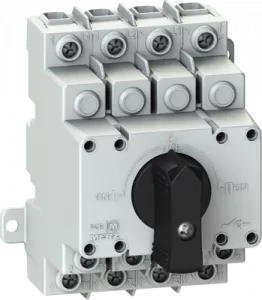
Order No.:
70P2307
Manufacturer SKU:
MZ 44 303

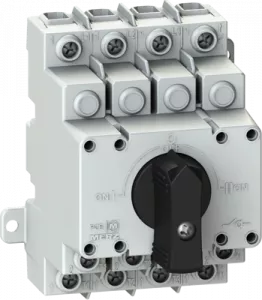
Order No.:
70P2311
Manufacturer SKU:
MZ 44 703

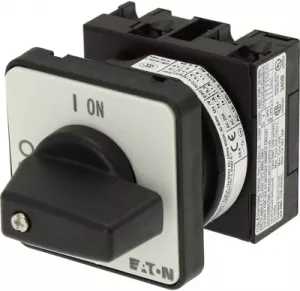
Order No.:
82P0144
Manufacturer SKU:
067352

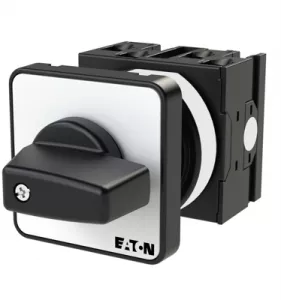
Order No.:
82P0145
Manufacturer SKU:
207398

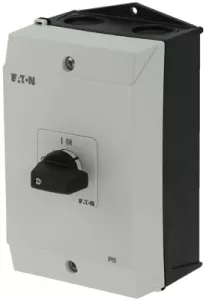
Order No.:
82P0146
Manufacturer SKU:
207299

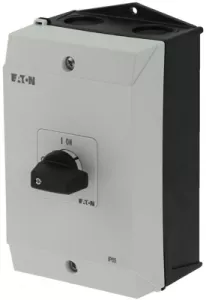
Order No.:
82P0147
Manufacturer SKU:
207320

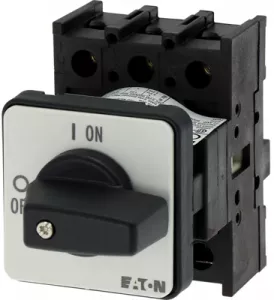
Order No.:
82P0148
Manufacturer SKU:
038724

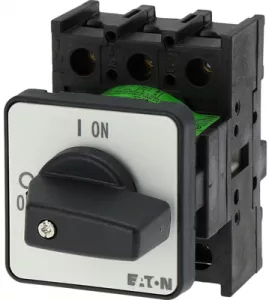
Order No.:
82P0149
Manufacturer SKU:
079065

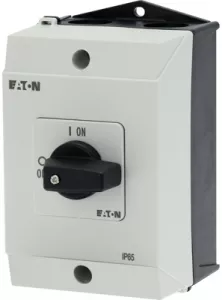
Order No.:
82P0150
Manufacturer SKU:
207081

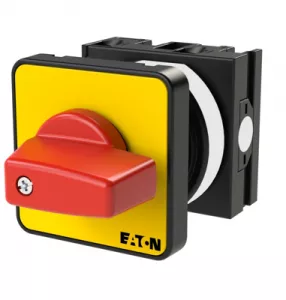
Order No.:
82P0151
Manufacturer SKU:
009046

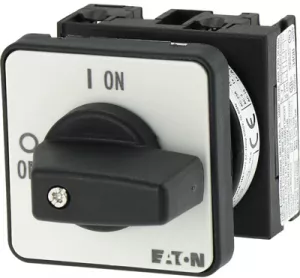
Order No.:
82P0152
Manufacturer SKU:
088709

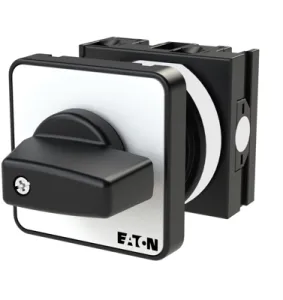
Order No.:
82P0153
Manufacturer SKU:
038854

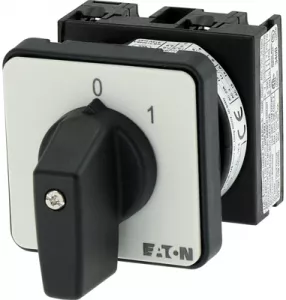
Order No.:
82P0154
Manufacturer SKU:
053092

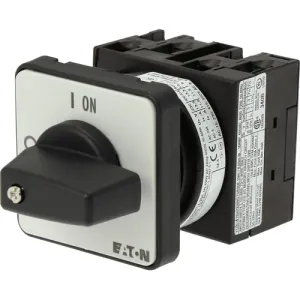
Order No.:
82P0155
Manufacturer SKU:
024639

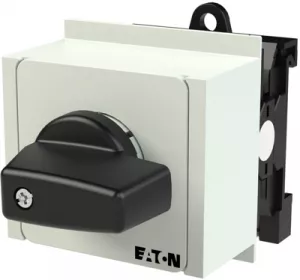
Order No.:
82P0156
Manufacturer SKU:
015147

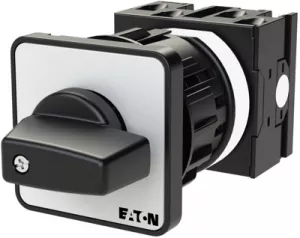
Order No.:
82P0157
Manufacturer SKU:
027012

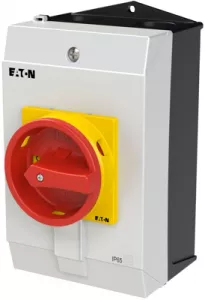
Order No.:
82P0217
Manufacturer SKU:
207298

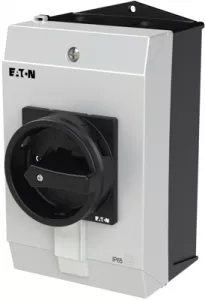
Order No.:
82P0218
Manufacturer SKU:
227862

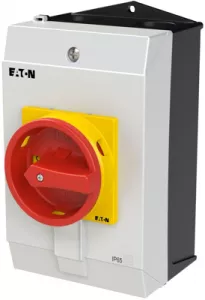
Order No.:
82P0219
Manufacturer SKU:
207297

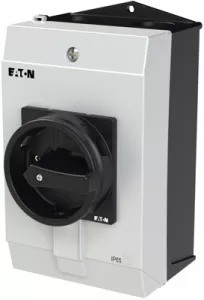
Order No.:
82P0220
Manufacturer SKU:
207295
Safety guaranteed: Functions and advantages of switch-disconnectors
Circuit breakers are used to protect electrical circuits by automatically switching off in the event of an overload or short circuit. They can be switched back on, eliminating the need for one-way fuses. Switch-disconnectors, on the other hand, specialize in safely isolating electrical circuits from the power supply.
Unlike circuit breakers, switch-disconnectors do not perform a protective function, but merely ensure safe isolation as well as prevention of accidental switch-on. Both electromechanical components are indispensable in electrical installations and in the energy sector, with circuit-breakers primarily ensuring the protection of installations, while switch-disconnectors are used for maintenance and repairs.